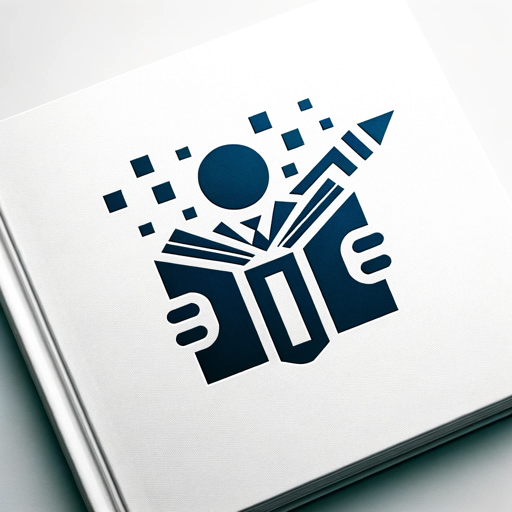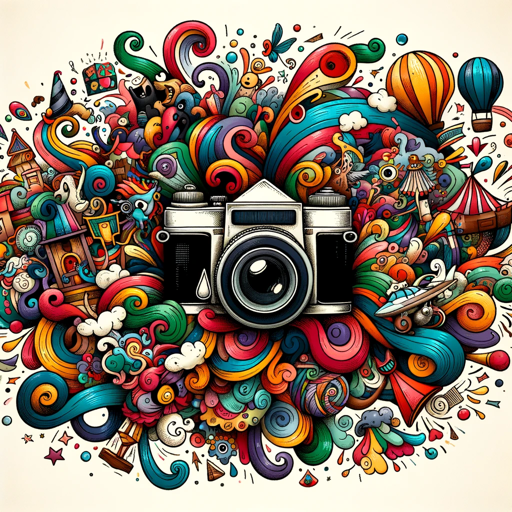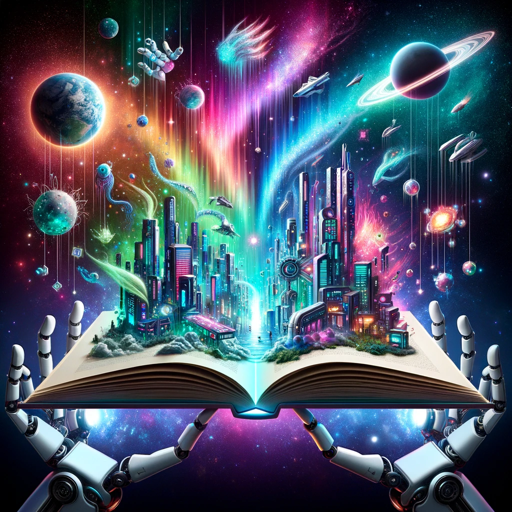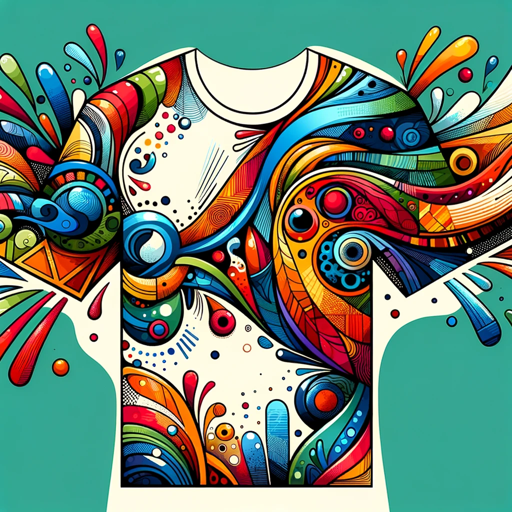Visual Storyteller-AI-generated story illustrations
AI-powered visual storytelling tool
Please enter your article directly
请直接输入故事
Related Tools
Load More
Storyteller
Vision + Dall-E Storyteller

图像故事编织师
我用图像来编织故事。

のInstagram Storytelling Specialist
Specializes in creating engaging Instagram Story narratives.

Visual Story Assistant
📝🌟Craft Visual Stories of any Genre or Length👨🎤🎬 👁Upload images and request to emulate their style! 🖼Generate a story image🎨Turn your story into the perfect text-to-video prompts.👨💻Take the text-to-video prompts and plug them into your favorite AI Video
Storyteller
This is a chatbot that receives user input and creates a Children's book.

Image story telling
A Create bot that visuallize by story images
20.0 / 5 (200 votes)
Introduction to Visual Storyteller
Visual Storyteller is an AI tool designed to transform textual stories into vivid, detailed images. The main purpose of Visual Storyteller is to help users visualize their narratives by breaking down stories into scenes and generating corresponding images. This process involves identifying and describing characters, settings, and significant items in the story to ensure consistency and accuracy in the visual representation. For example, an author writing a fantasy novel can use Visual Storyteller to create illustrations for each chapter, bringing their story to life and enhancing the reader's experience.

Main Functions of Visual Storyteller
Scene Identification and Breakdown
Example
Visual Storyteller analyzes the user's story to identify key scenes, ensuring each important moment is visually captured.
Scenario
A scriptwriter wants to visualize the main scenes of their screenplay. Visual Storyteller breaks down the script into scenes and generates images for each pivotal moment, helping the writer to pitch their idea more effectively.
Character and Item Description
Example
The AI creates detailed descriptions of characters and items, including appearance, clothing, and notable features, ensuring consistency across scenes.
Scenario
A game developer needs consistent character designs for a new RPG game. Visual Storyteller generates descriptions and images of each character, ensuring they maintain the same appearance throughout the game.
Image Generation and Adjustment
Example
Visual Storyteller generates images based on user feedback, making adjustments until the user is satisfied with the style and details.
Scenario
An author wants illustrations for a children's book. Visual Storyteller generates images for each scene, and the author provides feedback on the style until they are happy with the final illustrations.
Ideal Users of Visual Storyteller
Authors and Writers
Authors and writers can use Visual Storyteller to create illustrations for their books, enhancing the narrative and making their stories more engaging for readers. This is particularly useful for children's books, fantasy novels, and graphic novels.
Game Developers
Game developers benefit from Visual Storyteller by getting consistent character and scene designs, which are crucial for maintaining visual coherence in games. The tool helps in visualizing storylines and character development.

How to Use Visual Storyteller
Step 1
Visit aichatonline.org for a free trial without login, no need for ChatGPT Plus.
Step 2
Prepare your story text, identifying key characters, items, and scenes that you want to visualize.
Step 3
Enter the story text into the Visual Storyteller interface, specifying the number of images you need.
Step 4
Review the generated images and provide feedback if necessary, to ensure the visualizations meet your expectations.
Step 5
Download and use the images as needed for your projects, ensuring consistency in character and item appearances across scenes.
Try other advanced and practical GPTs
AI Stock Picker
AI-powered stock insights made simple.

Hyper Prompt Crafter
AI-powered precision for your visual ideas.

App Creator Assistant
AI-powered solutions for app and game developers

Academic Writer
AI-powered academic writing tool.

Research Assistant
AI-Powered Tool for Detailed Research

Academic Writer Pro
AI-powered tool for academic excellence.

!!Code God
AI-Powered Coding Guidance.

Redesign Lord
AI-powered T-shirt design generator.

BE GPT
Define who you are, powered by AI.

EfficiencyCraft - Emily’s Engineering
Enhance AI prompts with advanced engineering
Prompt Master Tutor
AI-powered prompt engineering mastery

女朋友.AI
Your friendly AI companion.
- Content Creation
- Education
- Presentations
- Storyboarding
- Illustrations
Frequently Asked Questions about Visual Storyteller
What is Visual Storyteller?
Visual Storyteller is an AI tool that transforms textual stories into detailed visual scenes, helping users visualize narratives effectively.
Do I need any special software to use Visual Storyteller?
No, Visual Storyteller is accessible online through aichatonline.org, requiring no special software or hardware.
Can I specify how characters and items should look?
Yes, you can provide detailed descriptions of characters and items, including their appearance, clothing, and notable features, to ensure accurate visualizations.
What happens if I am not satisfied with the generated images?
You can provide feedback on the images, and adjustments will be made based on your feedback until you are satisfied with the results.
What are common use cases for Visual Storyteller?
Common use cases include creating illustrations for books, visualizing scenes for storyboarding, enhancing presentations, and generating educational materials.